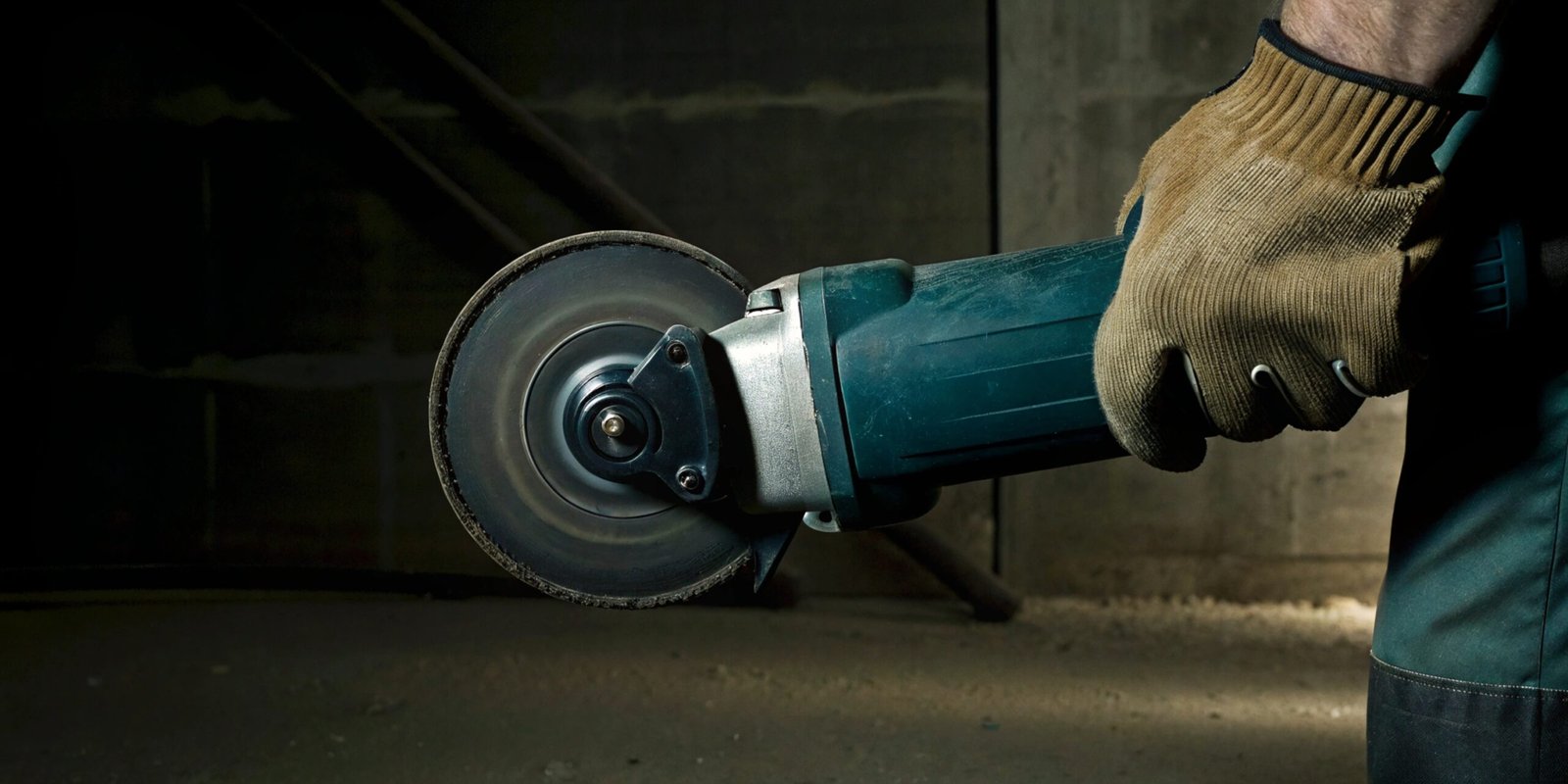
Confused by all the different angle grinder sizes available? Picking the wrong one can limit your disc options and prove too powerful or too weak for your daily tasks.
The most common and popular angle grinder size is the 4.5-inch (115mm) model. This size provides an excellent balance of power, control, and maneuverability, and it has the widest availability of compatible grinding wheels and cutting discs worldwide.
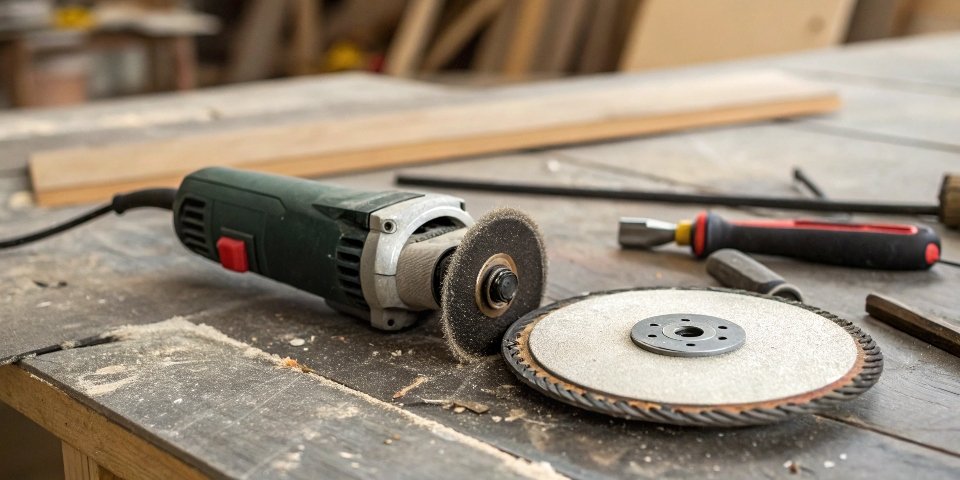
The 4.5-inch grinder is king, but the real question is why? Its popularity is not just about the tool itself. The truth is, the tool is only popular because its consumables—the cutting and grinding discs1—are incredibly common and affordable. As a factory in Henan, China that produces millions of these discs every month, I see the global demand2 firsthand. The market for 4.5-inch (115mm) and 5-inch (125mm) discs3 is massive. This creates a cycle: the most popular tool drives demand for the discs, and the wide availability of the discs makes the tool the most practical choice. It is a simple lesson in supply and demand that every tool buyer should understand.
What is the most common size angle grinder?
You need a reliable, go-to tool for daily tasks. But with so many options, which size will be the most useful and easiest to find supplies for?
The 4.5-inch (115mm) angle grinder is the most common size globally. It is the standard workhorse for workshops and job sites due to its versatility and the vast selection of discs available for it, from cutting to grinding and flap discs.
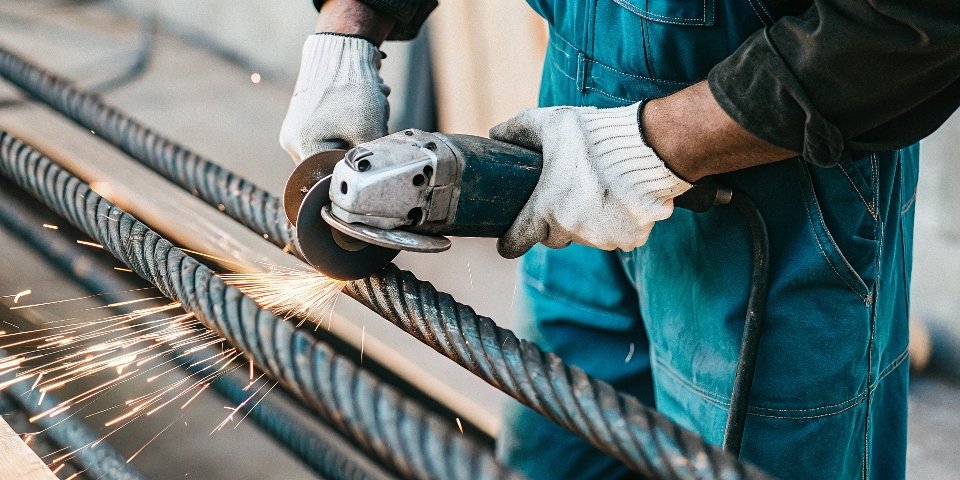
The dominance of the 4.5-inch grinder is not an accident. It comes down to a perfect combination of factors that make it the best all-around choice for the vast majority of users.
1. Operator Comfort and Control
The tool is lightweight and easy to handle with one or two hands. This reduces operator fatigue during long jobs. More importantly, it allows for more precise control when cutting or grinding, which is crucial for getting clean, accurate results and improving safety. It can also get into tighter spaces that are impossible to reach with a larger grinder.
2. The Consumables Market
This is the most important factor from a purchasing standpoint. As a factory, our production numbers tell the whole story. Global orders for 4.5-inch (115mm) and 5-inch (125mm) discs are many times larger than for all other sizes combined. This huge manufacturing volume means the discs are inexpensive and available everywhere in the world. As a buyer, you will never have trouble finding a replacement disc for this size grinder.
Which is better, a 4 inch or 5-inch angle grinder?
You are choosing between two very similar sizes. Does that one inch really make a difference, or are they basically the same tool for the job?
A 5-inch (125mm) grinder is generally better than a 4.5-inch (115mm) one. It offers a slightly deeper cut and longer disc life with only a minimal increase in size and weight. Most 5-inch grinders can also use 4.5-inch discs, making them more versatile.
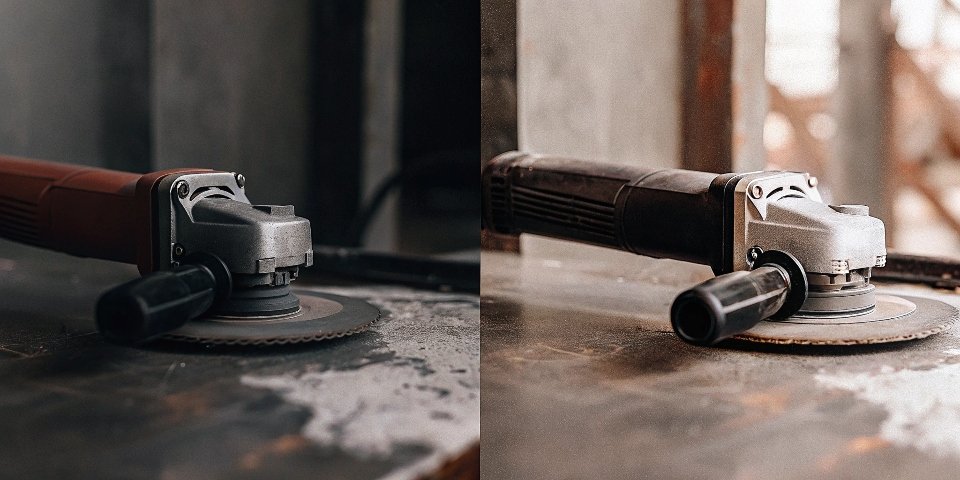
The choice between a 4.5-inch (115mm) and a 5-inch (125mm) grinder seems small, but there are clear advantages to the slightly larger size. For most new buyers, the 5-inch grinder is the more logical choice. The main reason is efficiency. A 5-inch disc has more abrasive material, so it lasts longer before you have to change it. This means less downtime. It also gives you a slightly greater depth of cut4, which can be very helpful. In our factory, we see that the market for 125mm discs is just as strong as the 115mm market, so you will have no problem finding consumables. Since most 5-inch grinders are built on the same frame as their 4.5-inch cousins, the extra weight is almost unnoticeable.
| Feature | 4.5-inch (115mm) Grinder | 5-inch (125mm) Grinder |
|---|---|---|
| Disc Life | Good | Better |
| Depth of Cut | Standard | Deeper |
| Versatility | Excellent | Best (can use 4.5" discs) |
| Size/Weight | Very Light | Slightly Heavier |
| Disc Availability | Universal | Universal |
What is the normal size of a grinder?
You hear about "small" and "large" angle grinders. But what does "normal" mean? Let’s define the standard sizes you will actually encounter in the professional world.
The "normal" size for a small, all-purpose angle grinder is 4.5 inches (115mm) or 5 inches (125mm). For heavy-duty jobs, the normal large sizes are 7 inches (180mm) and 9 inches (230mm). The 4.5/5-inch category is the most common by far.

There really is not just one "normal" size. Instead, professional angle grinders fall into two normal and distinct categories based on the job they are meant to perform.
1. The Standard Handheld Grinder
This category includes the 4.5-inch (115mm) and 5-inch (125mm) models. These are the tools you see everywhere, from small garages to large fabrication shops. They are designed for one-handed or two-handed operation for tasks like cutting rebar, grinding welds, removing rust, and sanding. Their lightweight design and high RPM (over 10,000 RPM) make them perfect for quick, versatile work. The massive global production of discs for these sizes makes them the default choice.
2. The Heavy-Duty Grinder
This category includes the 7-inch (180mm) and 9-inch (230mm) models. These are large, powerful, two-handed tools. They are not for precise work. Their purpose is rapid material removal over large areas, like cutting deep into concrete slabs or grinding large metal surfaces. They run at a lower RPM (around 6,000-8,000 RPM) but have much more torque.
What is a 7-inch grinder used for?
You see the big 7-inch angle grinder on construction sites. It looks powerful, but it’s too big and clumsy for small jobs. So what are its specific tasks?
A 7-inch angle grinder is used for heavy-duty applications requiring deep cuts and rapid material removal over large surface areas. Common uses include cutting thick metal plate, concrete, or stone, and for heavy weld grinding or surface preparation.
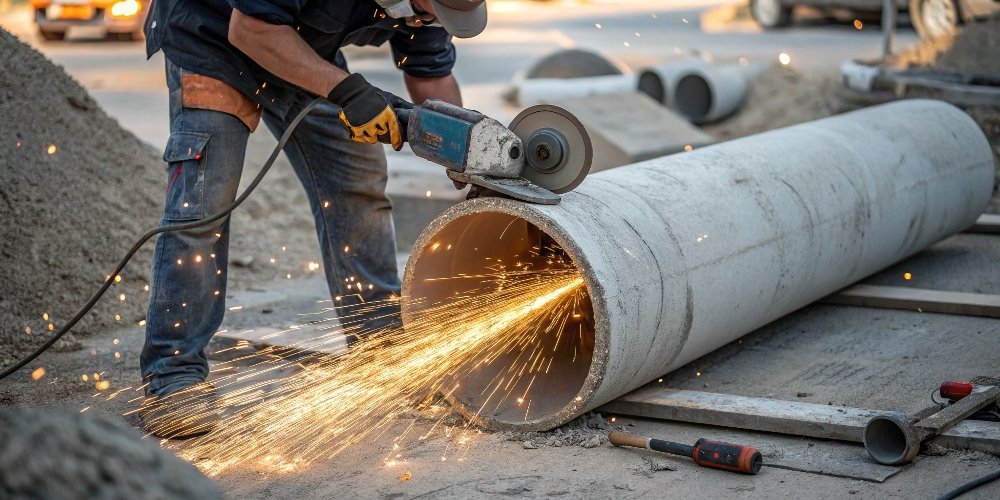
The 7-inch angle grinder5 is a specialized tool. You do not grab it for everyday tasks. You use it when a 5-inch grinder just does not have the power or cutting depth required for the job. It’s all about trading finesse for raw power.
1. Major Cutting Applications
Think about cutting thick materials. A 7-inch grinder with a specialized diamond blade can cut through concrete pavers, thick stone pipes, and asphalt. With a large abrasive cutting disc, it can handle thick steel plate, large-diameter pipe, or I-beams. The large diameter gives it the cutting depth that smaller grinders simply cannot achieve. A 5-inch grinder can cut a pipe, but a 7-inch grinder can cut a much bigger pipe.
2. Large Surface Grinding
For preparing large metal surfaces or removing heavy welds before painting, the 7-inch grinder is much more efficient than a smaller model. Its large-diameter grinding wheel or flap disc covers more area with each pass, saving significant time and labor on big fabrication or repair projects. It is a tool of power and scale, not precision.
Conclusion
The most common angle grinder is the 4.5 or 5-inch size due to its versatility and wide disc availability, while larger 7-inch models are reserved for heavy-duty jobs.
-
Learn about the different types of discs compatible with angle grinders, enhancing your tool’s functionality. ↩
-
Understand the market dynamics driving the demand for angle grinder discs worldwide. ↩
-
Discover the benefits of 5-inch discs, including longer life and deeper cuts, making them a great choice for users. ↩
-
Learn how different sizes of angle grinders affect the depth of cut, crucial for various applications. ↩
-
Discover the specific applications of a 7-inch angle grinder, ideal for heavy-duty cutting and grinding. ↩
Written by
leeon
You may also be interested in:

How do you cut bolts with an angle grinder?
Struggling to make a clean cut on a stubborn bolt? Using an angle grinder can feel intimidating, but it is a fast and effective method
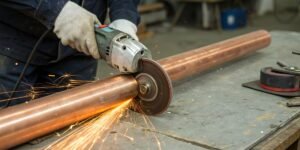
Can I use an angle grinder to cut a copper pipe?
Struggling with a quick copper pipe cut? Worried about damaging the material? An angle grinder is a fast solution, but using it wrong can be

Can an angle grinder cut meat and bones?
Struggling to cut tough bones? Thinking of grabbing your angle grinder for a quick solution? This powerful tool seems like an easy answer, but it’s
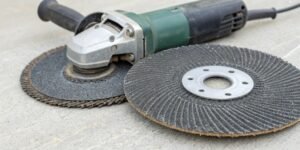
Can a metal cutting disc be used on an angle grinder?
Are you unsure about putting a metal cutting disc on your angle grinder? Using the wrong tool combination is a real safety hazard. But with
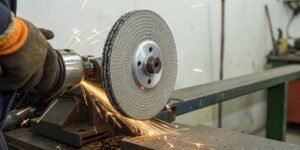
What is the best grinding wheel for cutting aluminum alloys?
Struggling to cut aluminum without your grinding wheels clogging up? This common problem wastes time, ruins your workpiece, and drives up costs, turning a simple

What does an angle grinder do that other tools can't?
Struggling with tools for multiple tasks? Carrying a heavy toolbox is inefficient. An angle grinder replaces many tools, saving you time and effort on the
